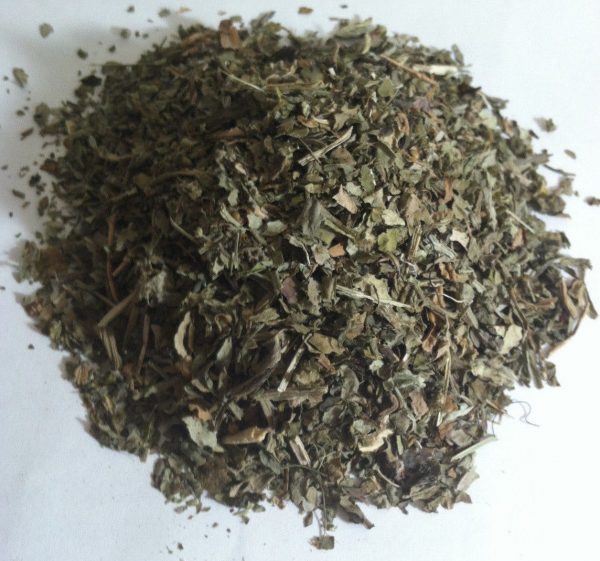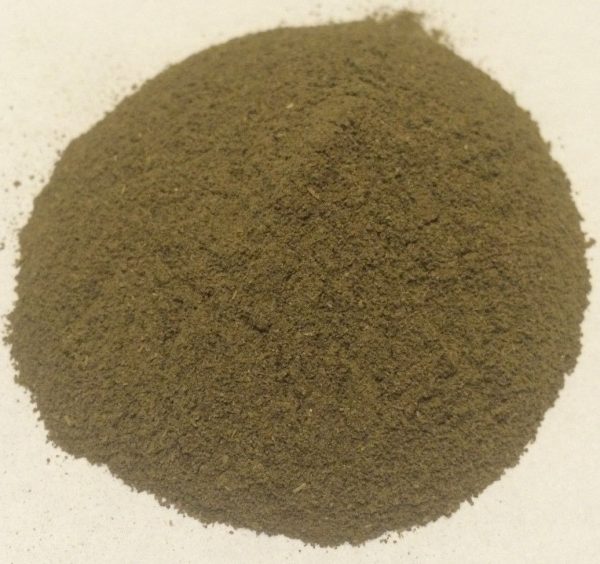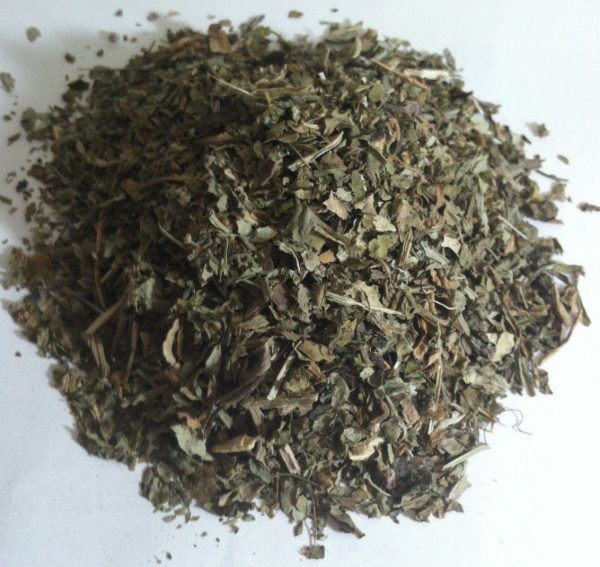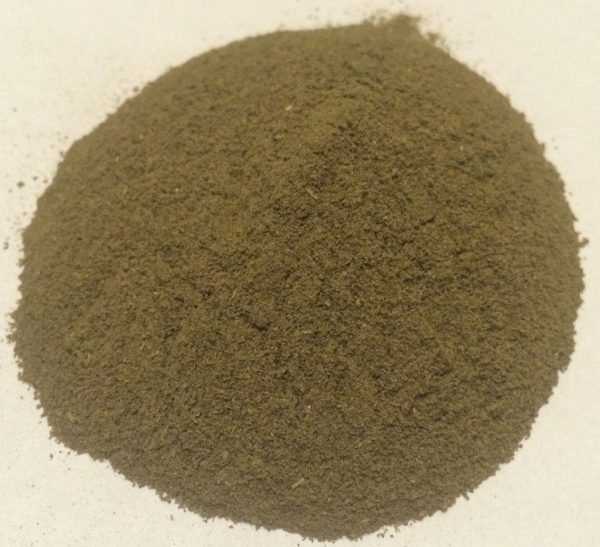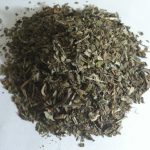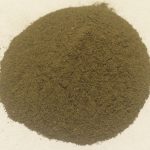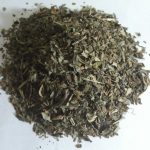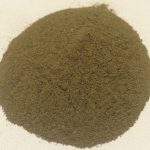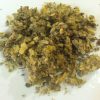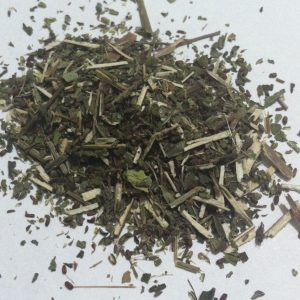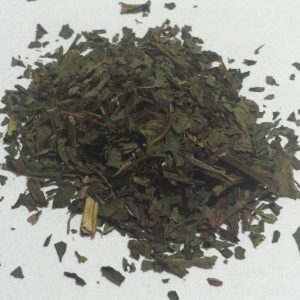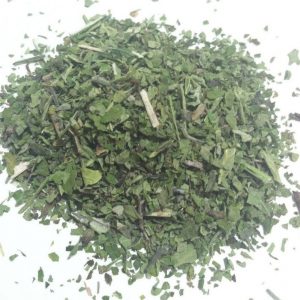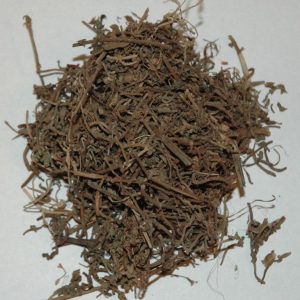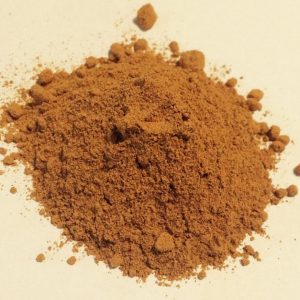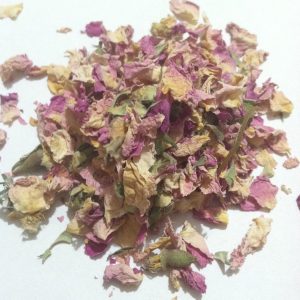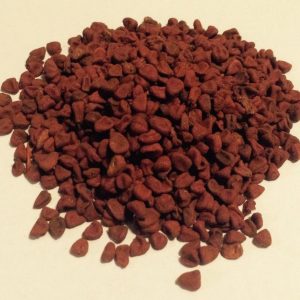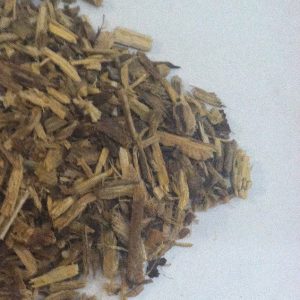Description
Common Name Standardized: plantain
Other: broad-leaf plantain, greater plantain Botanical Name Plantago major L.
Plant Family: Plantaginaceae
Overview
Introduction The common plantain is of Eurasian descent, but has since been naturalized around the world with particular prominence in the United States. Native American populations referred to it as Whiteman’s Foot due to its tendency to spring up around European settlements. Plantain has been used by many cultures the world over, and the Saxons considered it one of their nine sacred herbs. It was considered an early Christian symbol and many cultures today refer to it as an aphrodisiac. Despite its usefulness, plantain is considered a noxious weed in some regions outside of its native range.
Constituents allantion, apigenin, aucubin, baicalein, linoleic acid, oleanolic acid, sorbitol, and tannin, beta carotene, vitamin C, calcium Parts Used The whole leaf and some stem is acceptable.
Plantain is very high in vitamins A and C and is also a rich source of calcium.
References Medical Herbalism_ by D. Hoffmann pg. 574 Edible and Medicinal Plants of the West by Gregory L. Tilford pg. 112 Ashton, Megan “The Health Benefits of the Plantain Leaf” Livestrong.com, 29 April 2011. Web. 22 May 2013
For educational purposes only This information has not been evaluated by the Food and Drug Administration.
This information is not intended to diagnose, treat, cure, or prevent any disease.



